
- Shandong Loyal Industrial Co.,Ltd.
- SHORT-CUT PASTA PRODUCTION LINE LONG-CUT PASTA PRODUCTION LINE INSTANT PASTA PRODUCTION LINE
Home> Application> The Cost of Efficiency: Macaroni Pasta Machine Price in the Era of Full Automation

The Cost of Efficiency: Macaroni Pasta Machine Price in the Era of Full Automation
The Cost of Efficiency: Macaroni Pasta Machine Price in the Era of Full Automation
Introduction
The Macaroni Pasta Production Line technology of Shandong Luoya Industrial Co., Ltd. has introduced advanced technologies from BID and HEMAKS .In the dynamic landscape of macaroni manufacturing, the journey from traditional methods to the era of full automation has been nothing short of revolutionary. As automation technologies reshape the pasta industry, this article explores the profound impact on macaroni pasta production, specifically delving into the cost implications of efficiency. In an age where machines dominate the manufacturing process, we scrutinize the macaroni pasta machine price, assessing how brands like Colavita, Garofalo, and Whole Foods 365 Everyday Value are navigating this shift.
Historical Perspective on Macaroni Manufacturing
To comprehend the significance of automation, a glance at the historical evolution of macaroni manufacturing is essential. From the rudimentary methods of the past to the mechanized processes that gained prominence, the transition paved the way for the emergence of automation technologies in the pasta industry. This historical context sets the stage for understanding the cost dynamics in today's macaroni production.
Macaroni Manufacturing Machine: A Technological Revolution
The heart of this technological evolution lies in modern macaroni manufacturing machines. This section meticulously explores the advanced features and functionalities that characterize these machines. A comparative analysis between traditional and automated macaroni production systems sheds light on the efficiency gains and cost implications associated with embracing cutting-edge technology.
The Financial Landscape: Cost Factors in Macaroni Pasta Machine
Manufacturers entering the realm of automation must be prepared for a substantial initial investment in acquiring state-of-the-art macaroni manufacturing machines. The cost varies based on the machine's capacity, technology, and brand reputation.
Beyond the machine's purchase price, there are installation expenses to consider. Proper setup and integration into existing production lines demand skilled technicians and may incur additional costs.
While automation promises efficiency, there are ongoing operational costs. These include energy consumption, raw material expenses, and labor for monitoring and maintaining the automated processes.
Regular maintenance is crucial to keep macaroni manufacturing machines operating at peak efficiency. This section explores the maintenance requirements and associated costs, emphasizing the importance of preventive measures to avoid unexpected downtime.

Efficiency Gains vs. Investment Challenges
The implementation of macaroni manufacturing machines undoubtedly enhances efficiency. Increased production speed, precision in pasta shaping, and reduced human error contribute to a streamlined and consistent manufacturing process.
Despite the benefits, manufacturers encounter challenges in the initial stages of adopting automation. High upfront costs, potential resistance from the workforce, and the need for extensive training are hurdles that must be addressed to fully realize the efficiency gains.
Case Studies: Successes and Setbacks
Real-world experiences provide invaluable insights into the successful integration of macaroni manufacturing machines. Case studies featuring brands such as Colavita, Garofalo, and Whole Foods 365 Everyday Value highlight the triumphs and setbacks encountered by manufacturers.
Colavita, a pioneer in pasta production, showcases a seamless integration of macaroni manufacturing machines. The brand witnessed increased production capacity, improved product quality, and notable cost savings through efficient resource utilization.
Garofalo, while navigating the path of automation, faced challenges related to workforce adaptation and initial operational disruptions. This case study delves into how the brand overcame setbacks and emerged stronger, emphasizing the importance of a well-planned transition.
The case of Whole Foods 365 Everyday Value demonstrates innovative approaches to macaroni manufacturing. By embracing automation and sustainable practices, the brand achieved a delicate balance between efficiency, quality, and affordability.
Future Outlook: Balancing Efficiency and Affordability
Anticipating future trends in macaroni manufacturing technology is essential for manufacturers to stay ahead. Predictions on the evolving cost dynamics of macaroni pasta machines are explored, accompanied by strategies for achieving a delicate balance between efficiency and affordability. Navigating the future requires foresight and adaptability, especially in an industry undergoing rapid technological advancements.
Conclusion
As we recapitulate the cost implications of efficiency in macaroni manufacturing, it becomes evident that automation is reshaping the future of pasta production. The role of machines in streamlining processes is undeniable, but the call to action is clear. Manufacturers must make informed decisions, considering both efficiency and cost factors, to thrive in this era of full automation.

Common Queries on Macaroni Pasta Machine Price
Q1: What factors influence the price of macaroni pasta machines?
A1: The price of macaroni pasta machines is influenced by several factors, including capacity, technology, brand reputation, and additional features. High-capacity machines with advanced automation and renowned brand names often come with a higher price tag.
Q2: Are there different types of macaroni pasta machines, and do they vary in price?
A2: Yes, there are various types of macaroni pasta machines, ranging from basic models to advanced, fully automated systems. Prices differ based on the complexity of the machine, its production capacity, and the level of automation. Understanding your production needs is crucial in selecting the right machine for your budget.
Q3: What is the average initial investment for a macaroni pasta machine?
A3: The average initial investment for a macaroni pasta machine can vary widely. Smaller, less automated machines may have a lower entry cost, while high-capacity, technologically advanced models can require a significant upfront investment. It's essential to conduct a thorough cost analysis based on your production goals.
Q4: Are there ongoing costs associated with operating macaroni pasta machines?
A4: Yes, operating macaroni pasta machines incurs ongoing costs, including energy consumption, raw material expenses, and maintenance. Regular maintenance is crucial to ensuring the machine's longevity and optimal performance, contributing to overall operational costs.
Q5: How can manufacturers balance efficiency gains with the cost of macaroni pasta machines?
A5: Balancing efficiency gains with costs involves a strategic approach. Manufacturers should consider the long-term benefits of automation, such as increased production efficiency and quality, against the initial investment and operational costs. Careful planning, employee training, and selecting the right machine for specific production needs are key elements in achieving this balance.
Contact Us

- Shandong Loyal Industrial Co.,Ltd.
- Telephone+86 13176674591
- Email[email protected]
- WhatsApp+86 13176674591
- WeChat13176674591
- AddressC623, Jiahui Global Plaza, No. 548, Beiyuan Street, Tianqiao District, Jinan City, Shandong Province
- Factory AddressADD -300m North of Zhangxia Industrial Park, Binhe Road, Zhangxia Town, Changqing District, Jinan
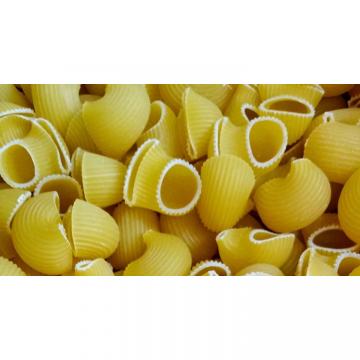

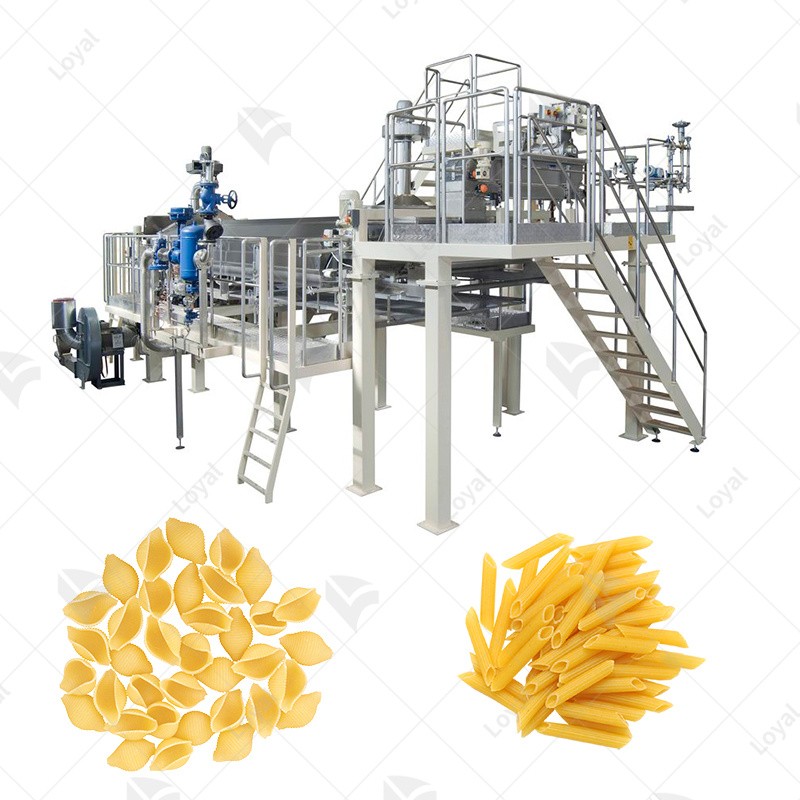

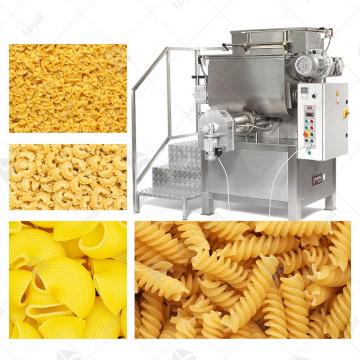
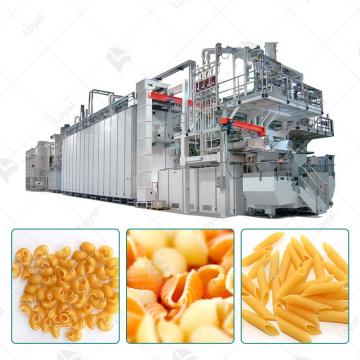 VACUUM PASTA EXTRUDER
VACUUM PASTA EXTRUDER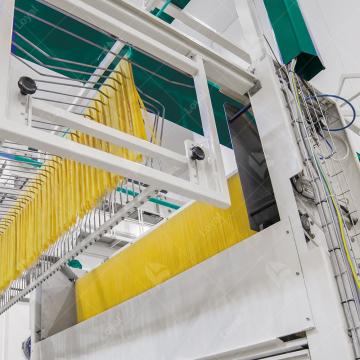 Long-Cut Pasta Production Line
Long-Cut Pasta Production Line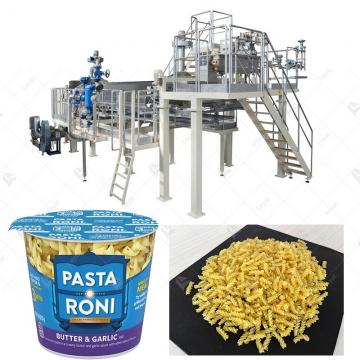 Instant Pasta Production Line
Instant Pasta Production Line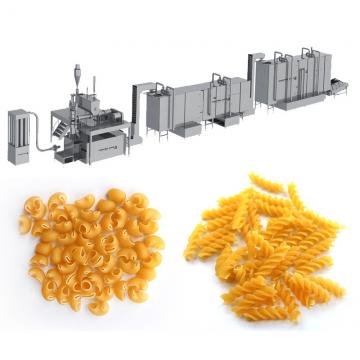 Vacuum Extruder Pasta Machine
Vacuum Extruder Pasta Machine